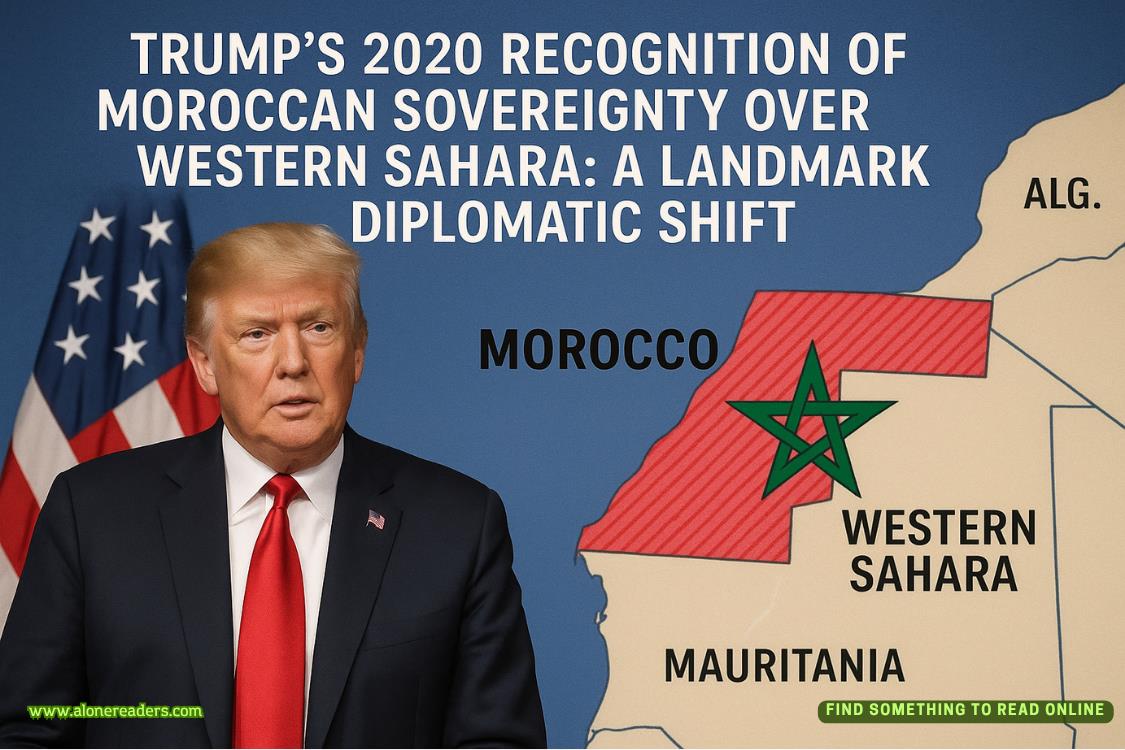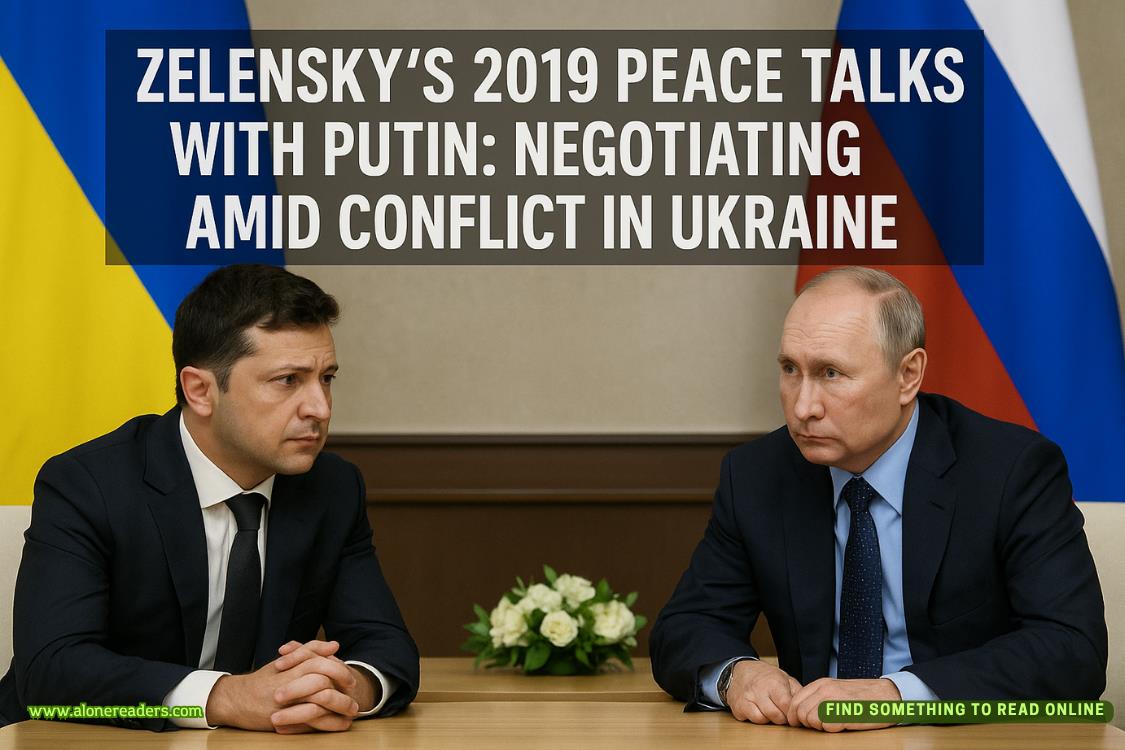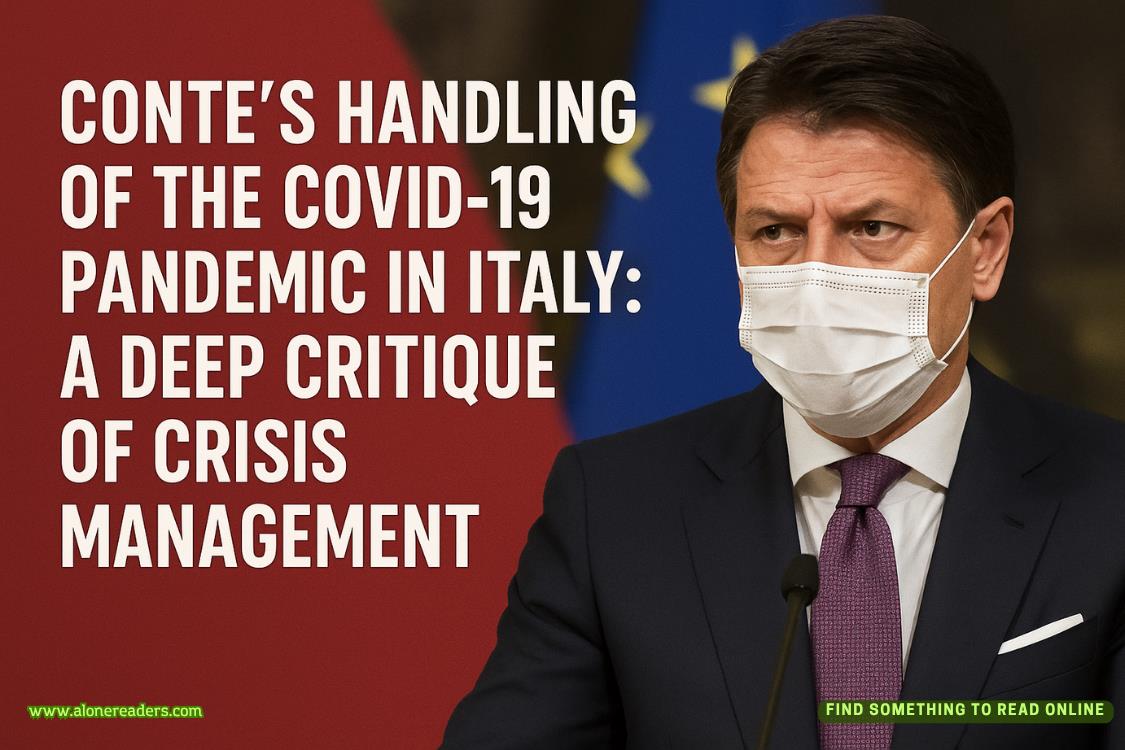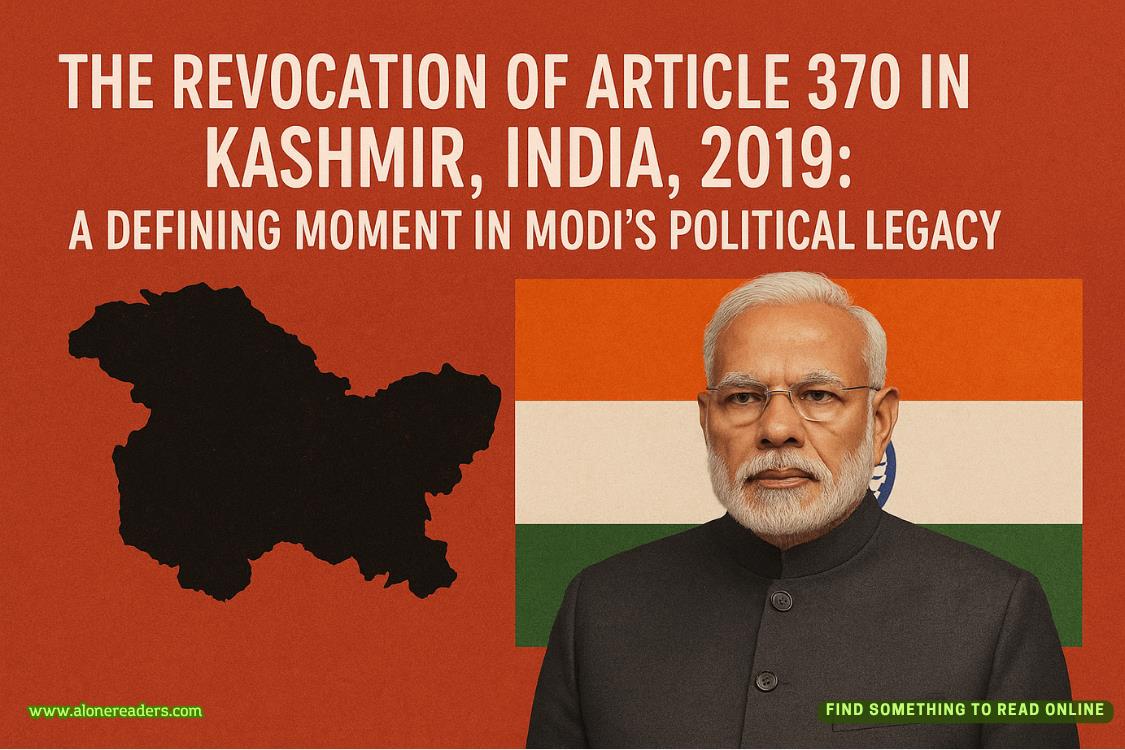Page 36 of Outbreak Protocol
I study the map, noting the geographic distribution. "Different neighbourhoods, different demographics. It suggests a single source that touched multiple community networks."
"Exactly. Someone who moved between these areas during the critical period, spreading the infection before symptom onset occurred."
We grab dinner at a small Turkish restaurant near the hospital, sitting close together in a corner booth while reviewing interview notes and timeline data. Erik's shoulder brushes mine as he leans over shared documents, a familiar warmth that grounds me amid the emotional turbulence of outbreak investigation.
"Christa Schneider tomorrow," I suggest, consulting our contact list. "Greta's coffee friend. She might remember details about Greta's mood, activities, other social contacts."
"We also need to investigate the community centre where they met," Erik adds. "Senior activities could involve multiple early cases, and they're the most likely to succumb as a population."
The restaurant around us buzzes with normal evening conversations—families sharing meals, couples planning weekend activities, friends catching up over beer. Life continuing despite the invisible pathogen spreading through their city. The normalcy feels precious and fragile, something worth protecting through our investigation efforts.
"Do you think we'll find them?" I ask quietly. "Patient zero?"
Erik's pale blue eyes meet mine with steady confidence. "Mathematical certainty approaching one hundred per cent. Every contact traced, every timeline documented, every geographic correlation mapped. The data will reveal the source."
"And then?"
"Then we understand how this began, which helps predict how it might end."
His hand covers mine on the table, his thumb tracing small circles across my knuckles. A simple gesture that carries the weight of a shared commitment—to the investigation, to our partnership, to whatever future we're building amid the crisis.
We return to the hospital as evening shifts change, medical staff cycling through rotations with tired determination. Anna remains unconscious in Ward Seven, monitors tracking vital signs that offer no comfort. Emma stays with Frau Weber, safe but anxious about her mother's condition.
The conference room has become our command centre, whiteboards covered with transmission maps and timeline charts. Sarah works late over genetic sequencing data while Yuki refines mathematical models. Aleksandr coordinates with military personnel about expanding the investigation's scope.
"There's another breakthrough on genetic analysis," Sarah announces as we enter. "Viral isolates show unusual diversity patterns—multiple variants present in early cases."
Erik immediately joins her at the laboratory workstation. "Evolutionary pressure driving rapid adaptation?"
"More complex," she says. "Suggests the pathogen incorporated host genetic material before arriving in Hamburg. Pre-adaptation to a human population."
"Which means patient zero was infected elsewhere, and carried the adapted virus into the local population," I conclude.
I expect Sarah to agree with sharp-witted affirmation, but instead, she turns away from the screen and stares toward the dark window, her reflection a faint ghost against the glass. Her usual fiery energy is gone, replaced by a profound weariness that settles in the lines around her eyes.
"We saw something similar with Ebola in '14," she murmurs, her voice low and distant. "A strain that burned so hot and fast it ran out of hosts. This one... this one is smarter. It learned patience before it came here."
She turns back to us, the momentary vulnerability giving way to her familiar, fierce resolve. "It means our source is someone who travelled from another area with an established outbreak, possibly an asymptomatic carrier during the transitory period."
The revelation transforms our investigation focus. Instead of seeking a random infection event, we're hunting an international traveller who brought the pathogen from an external source. Airport records, customs data, travel documentation—digital trails that Erik's analytical skills can follow backward through time.
"Hamburg airport receives flights from two hundred international destinations," Erik murmurs, already consulting travel databases. "A January timeframe narrows the possibilities, but still represents thousands of passengers."
"Unless we approach from a different angle," I suggest. "Early cases provide demographic patterns—age distribution, neighbourhood clustering, social networks. Patient zero must have interacted with specific population segments."
Erik's fingers fly over the keyboard, cross-referencing travelrecords with geographic and demographic parameters from our case investigations. His focused intensity reminds me why I'm attracted to his mind as much as his physical presence—a brilliant analytical capability channelled through a personal warmth that makes statistics meaningful.
"Filtering criteria applied," he announces. "International arrivals January first through seventh, destinations showing known outbreaks, passenger demographics matching early case interactions."
The database query processes for several minutes while we review contact tracing documents and transmission timelines. Around us, the investigation team maintains a focused energy despite exhaustion—a shared commitment to identifying the source of Hamburg's nightmare.
"Results displayed," Erik says finally. "Forty-seven passengers meet the initial criteria."
I lean over his shoulder to study the screen, noting flight origins and passenger information. "Several from African countries with reported outbreaks. Three from Southeast Asia. Two from South America."
"Cross-reference with early case geographic clustering," Erik suggests.
We spend the next hour analyzing passenger data against our transmission maps, looking for intersections between international arrivals and neighbourhood outbreak patterns. The work requires meticulous attention to detail—airport locations, transit routes, potential contact points between travellers and the local population.















